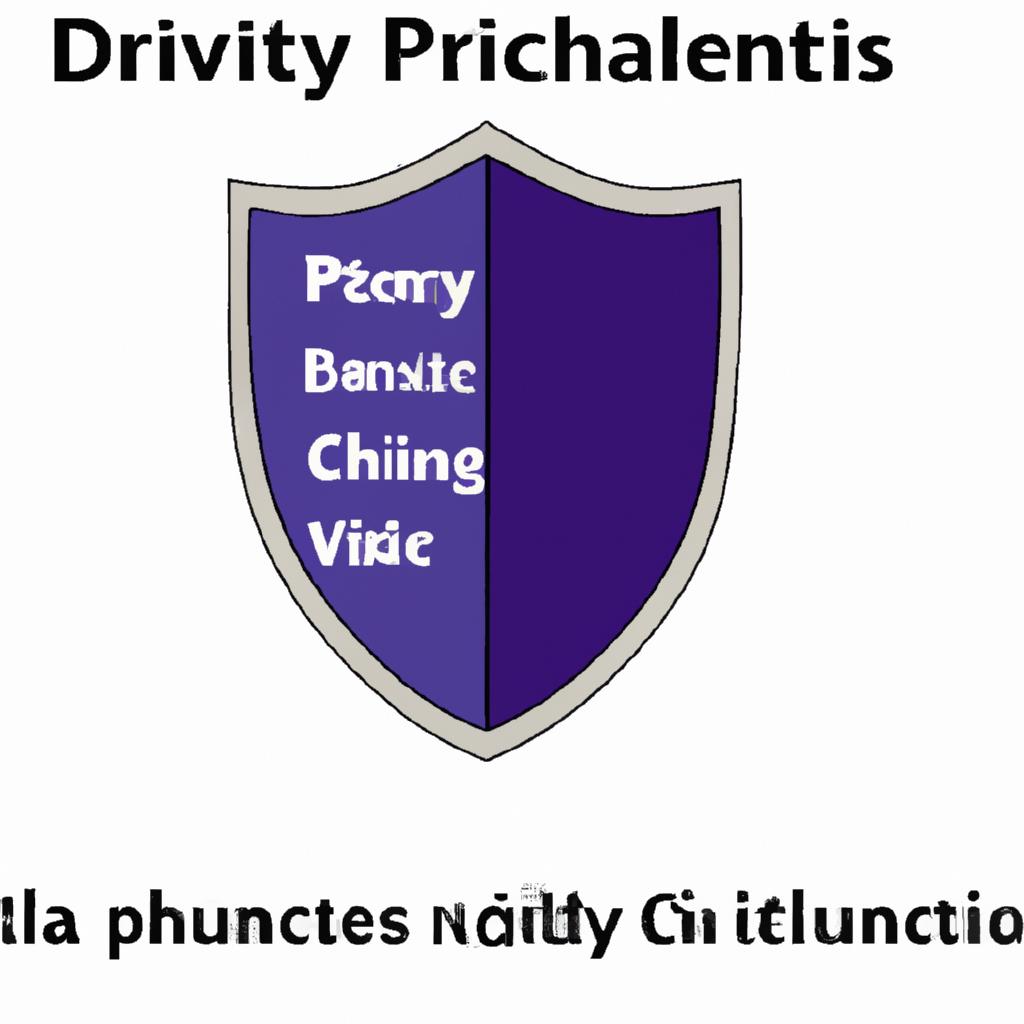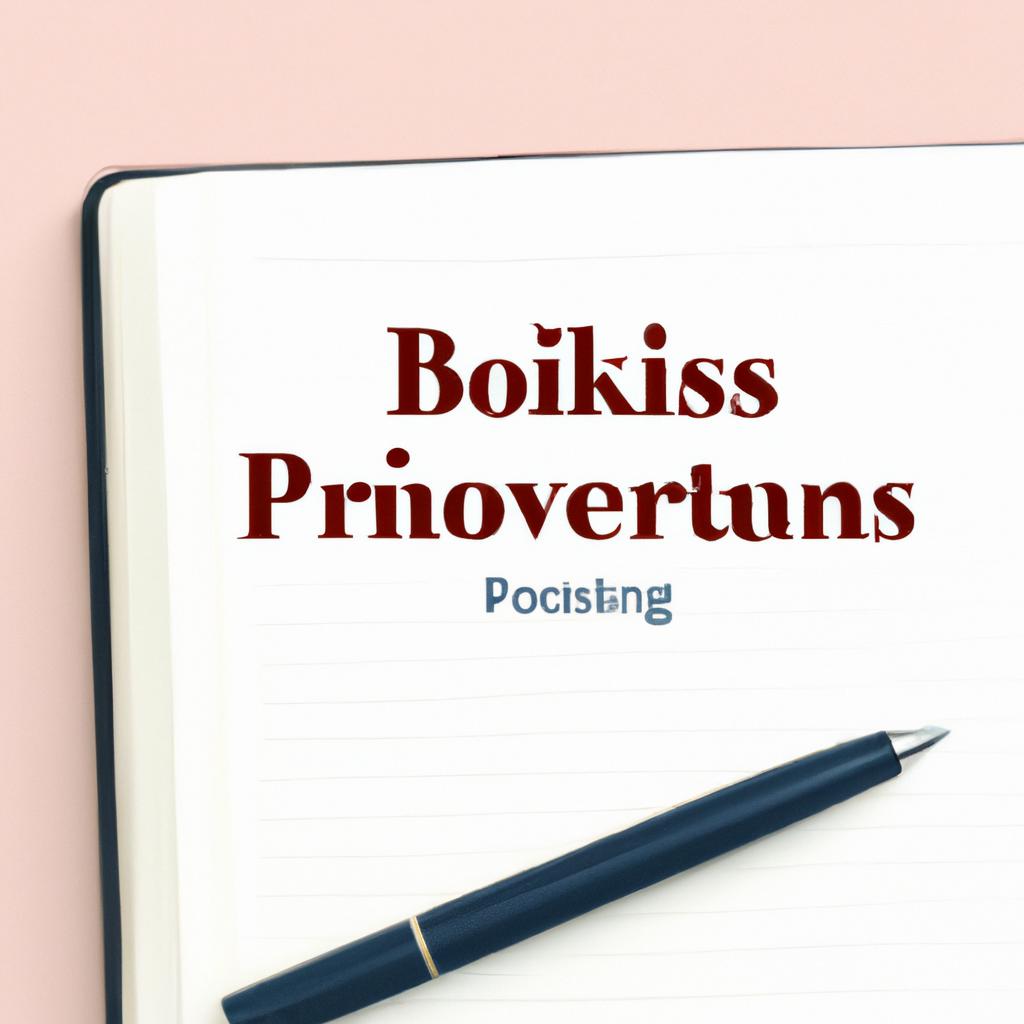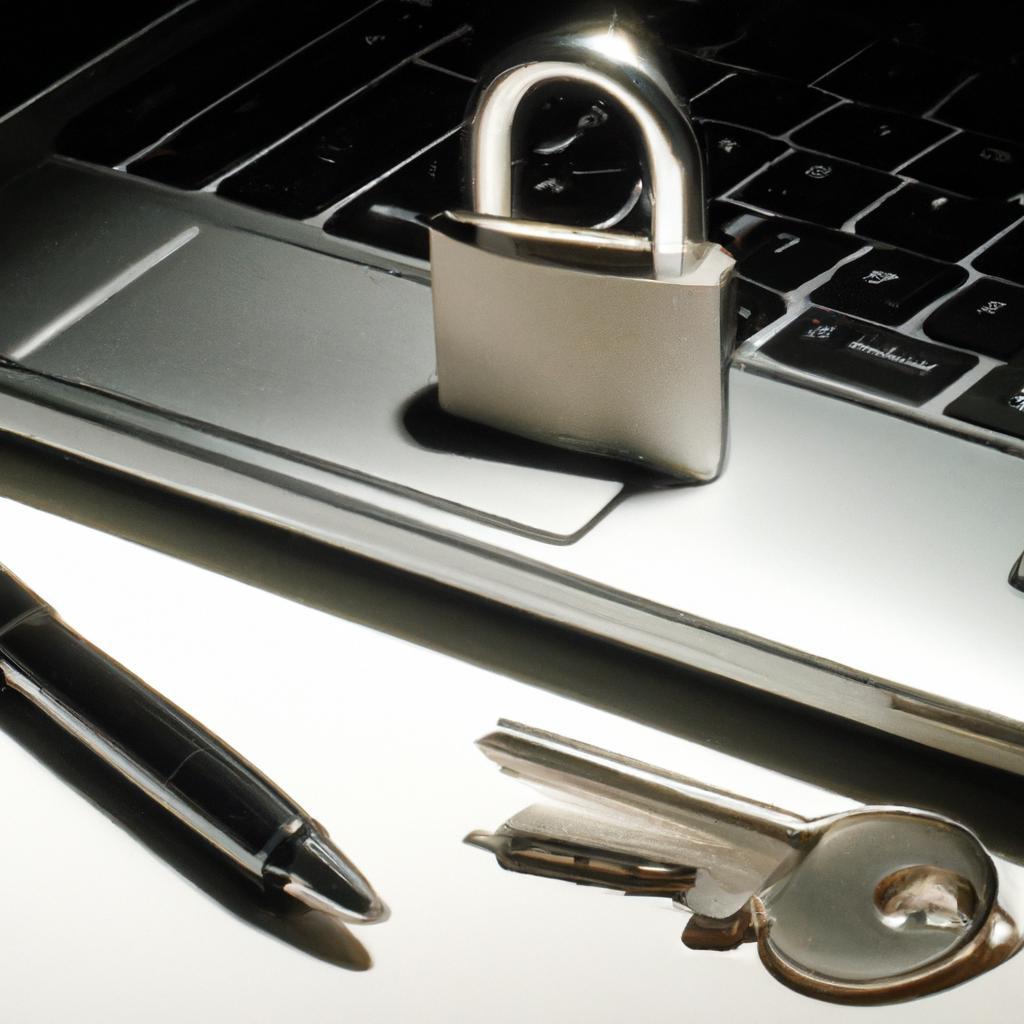In an era where personal data is increasingly vulnerable to prying eyes, the quest for privacy has taken on a new dimension. Electronic diaries, once mere digital logs of daily musings, have evolved into sophisticated guardians of our thoughts, intentions, and memories. This article embarks on a journey to explore the diverse privacy features embedded in these modern-day chronicles, shedding light on their functionality and the myriad ways users can harness them to safeguard their innermost secrets. As we delve into the intersection of technology and personal expression, we will uncover the tools and practices that transform electronic diaries from simple record-keeping devices into secure vaults of self-reflection, allowing individuals to document their lives with confidence and discretion. Join us as we unravel the intricate tapestry of privacy in electronic journaling and consider the implications it holds for both personal and digital autonomy.
Unveiling the Shield: Key Privacy Features of Electronic Diaries
Electronic diaries stand as modern sentinels of personal thoughts and experiences, fortified with an array of privacy features designed to safeguard sensitive information. With **encryption** becoming the gold standard, these digital journals ensure that only authorized eyes can unlock personal entries. Many applications incorporate **biometric security**, enabling users to access their diaries through unique identifiers like fingerprints or facial recognition. Additionally, users can benefit from **automatic backups** to secure their data against loss, offering peace of mind in an unpredictable digital landscape. Privacy controls often empower users to determine who can view specific entries, while **self-destruct timers** allow sensitive notes to vanish without a trace after a set time. With these formidable tools, electronic diaries are transforming personal documentation into a private sanctuary.
| Privacy Feature | Description |
|---|---|
| Encryption | Secures entries through advanced coding algorithms. |
| Biometric Security | Access via fingerprint or facial recognition. |
| Automatic Backups | Regular saves to prevent data loss. |
| Privacy Controls | Customizable entry visibility for enhanced security. |
| Self-Destruct Timers | Entries can be set to auto-delete after a specific duration. |

Navigating Personal Boundaries: Best Practices for Secure Diary Usage
In the digital age, safeguarding your personal thoughts is paramount, and employing effective techniques for electronic diary usage can enhance your privacy substantially. To maintain your space of reflection, consider these best practices:
- Use Strong Passwords: Create complex passwords combining letters, numbers, and symbols to deter unauthorized access.
- Enable Two-Factor Authentication: Add an extra layer of security by requiring a second method of verification.
- Regular Backups: Safeguard your entries by backing them up on secure cloud platforms or external drives.
- Limit Sharing: Be cautious about sharing your entries; choose only trusted individuals when seeking feedback or support.
- Utilize Privacy Settings: Familiarize yourself with the privacy features of your electronic diary and adjust settings to control visibility and access.
Adopting these strategies not only protects your personal insights but also empowers you to write freely, knowing your diary remains a sanctuary of your thoughts.
Concluding Remarks
As we turn the final page on our exploration of electronic diaries, it becomes clear that the safeguarding of secrets—once relegated to the pages of traditional journals—has evolved into a digital frontier filled with innovative privacy features. From biometric security to end-to-end encryption, these modern diaries not only capture our thoughts and experiences but also protect them with a level of sophistication that was once unimaginable.
By harnessing technology, we empower ourselves to document our lives in ways that respect our need for confidentiality and control. As we navigate this ever-changing landscape of digital documentation, it’s essential to remain vigilant about privacy and intentional in our choices. The electronic diary is more than just a tool for reflection; it’s a trusted companion that allows us to express ourselves while maintaining the sanctity of our personal narratives.
As you close this chapter on the world of electronic diaries, remember that the preservation of secrets is a collaborative endeavor—one that requires both the technology we use and the wisdom we apply in utilizing it. Whether you choose to pen your musings in pixels or prose, may you continue to find solace and security in the stories that lie within.


